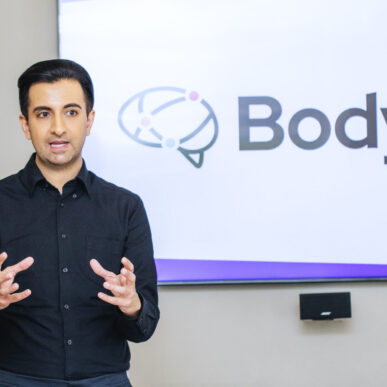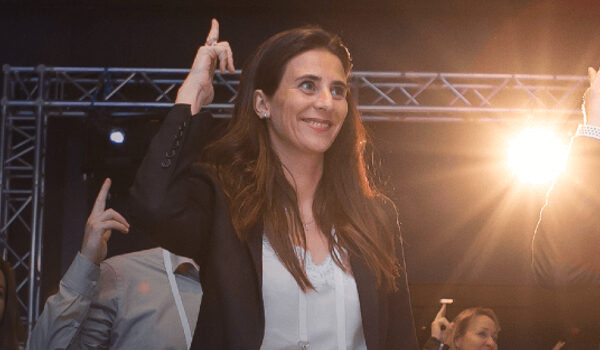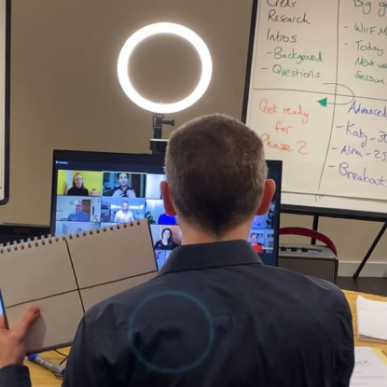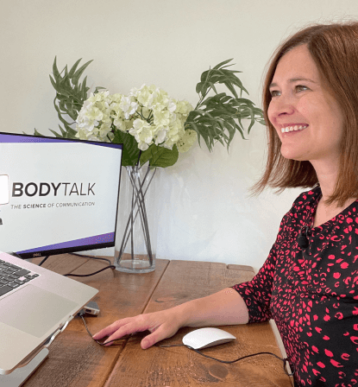I spotted this on the coffee van outside my station the other morning:

“Amer cano.”
One tiny missing letter… but it stuck with me. And it got me thinking. When we talk about our work, do we sometimes miss our “I,” too?
The day before, I’d been running a personal impact session with a group of consultants. Sharp, experienced, and brilliant at what they do. But they all said some version of the same thing:
“I hate talking about myself. I want clients to see the value I bring without me having to sell myself.”
I hear this all the time, and I get it. Most people don’t get into the job to become personal brand ambassadors; it can feel awkward, even self-promotional.
But here’s what we often miss:
If you take yourself out of your message, it’s harder for people to connect.
Clients don’t just buy the service.
They buy you.
They want to know how you help, not just what you do.
They want to understand your intentions, your approach, and what it’s like to work with you.
And the best way to build that connection? It’s not with a flashy pitch or perfect credentials. It’s with authentic communication—what Aristotle, all those years ago, described as the three pillars of persuasion: Ethos. Pathos. Logos.
Let’s break them down.
1. Ethos – Your Credibility
This is the “why you” piece. Not just your job title or qualifications (although those matter too), but what makes you trustworthy and relevant.
What experience do you bring?
What kind of problems have you solved?
What do you understand about their world?
It’s not enough to be credible—you need to sound credible. When people can hear your values and your perspective, they’re more likely to trust you.
So instead of:
“I lead on comms across multiple teams.”
Try:
“I help your teams get their message across clearly, so people actually listen. I care about making things simple, useful and impactful.”
That small tweak does more than explain what you do; it shows how you work and what you care about.
2. Pathos – Your Empathy
This is where you show that you get it. You understand what your clients or colleagues are up against. You see the pressures they face. You speak their language.
Empathy builds emotional connection, and that’s what people remember.
So instead of:
“I manage stakeholder relationships.”
Try:
“I make sure the right people are involved at the right time, so your project stays on track and on budget. My aim is to keep things moving and make life easier for you.”
That’s not self-promotion. That’s positioning your role in a way that shows care, understanding, and intention.
3. Logos – Your Logic
This is where your message needs to make sense. It’s the facts, the process, and the outcomes. The more clearly you can articulate what you do and the difference it makes, the easier it is for people to trust your thinking.
It doesn’t mean bombarding people with jargon or metrics. It means clarity. What results can you deliver? How do you do it? Can you give a short example that backs it up?
When you combine ethos (credibility), pathos (connection), and logos (clarity), you don’t just describe your service, you create a message that actually sticks.
So, the next time you introduce yourself, pitch an idea, or explain how you work, don’t forget to include the “I.”
Confidence isn’t about being loud. It’s about being clear—about your role, your value, and your intentions.
Turns out that even when the “I” is missing, the coffee still tastes great. But your message? It won’t land the same way without it.
Want help putting your “I” back into your messaging?
At Body Talk, we coach consultants, leaders, and experts to communicate with more clarity, empathy, and impact. Let’s talk.




















